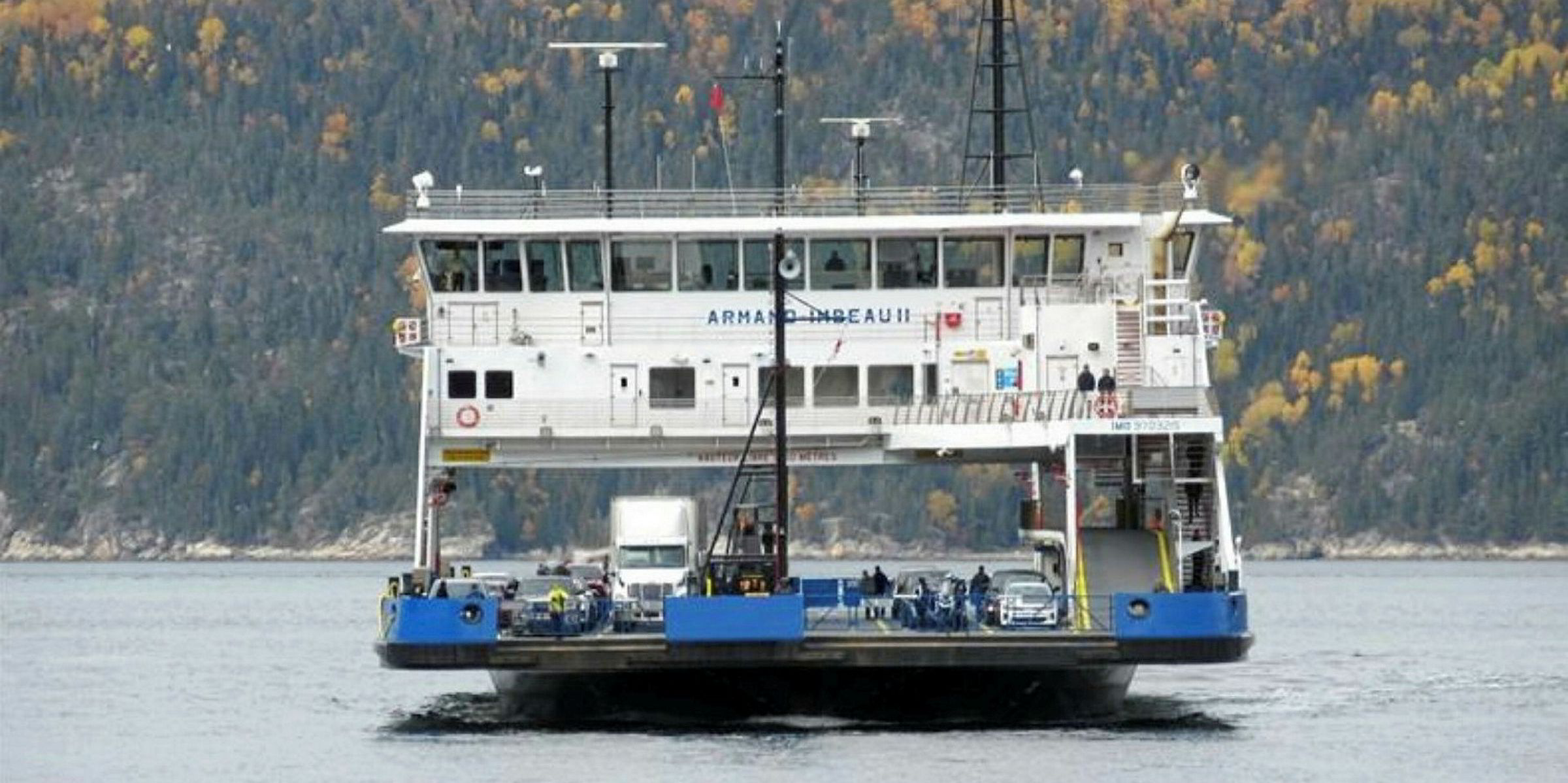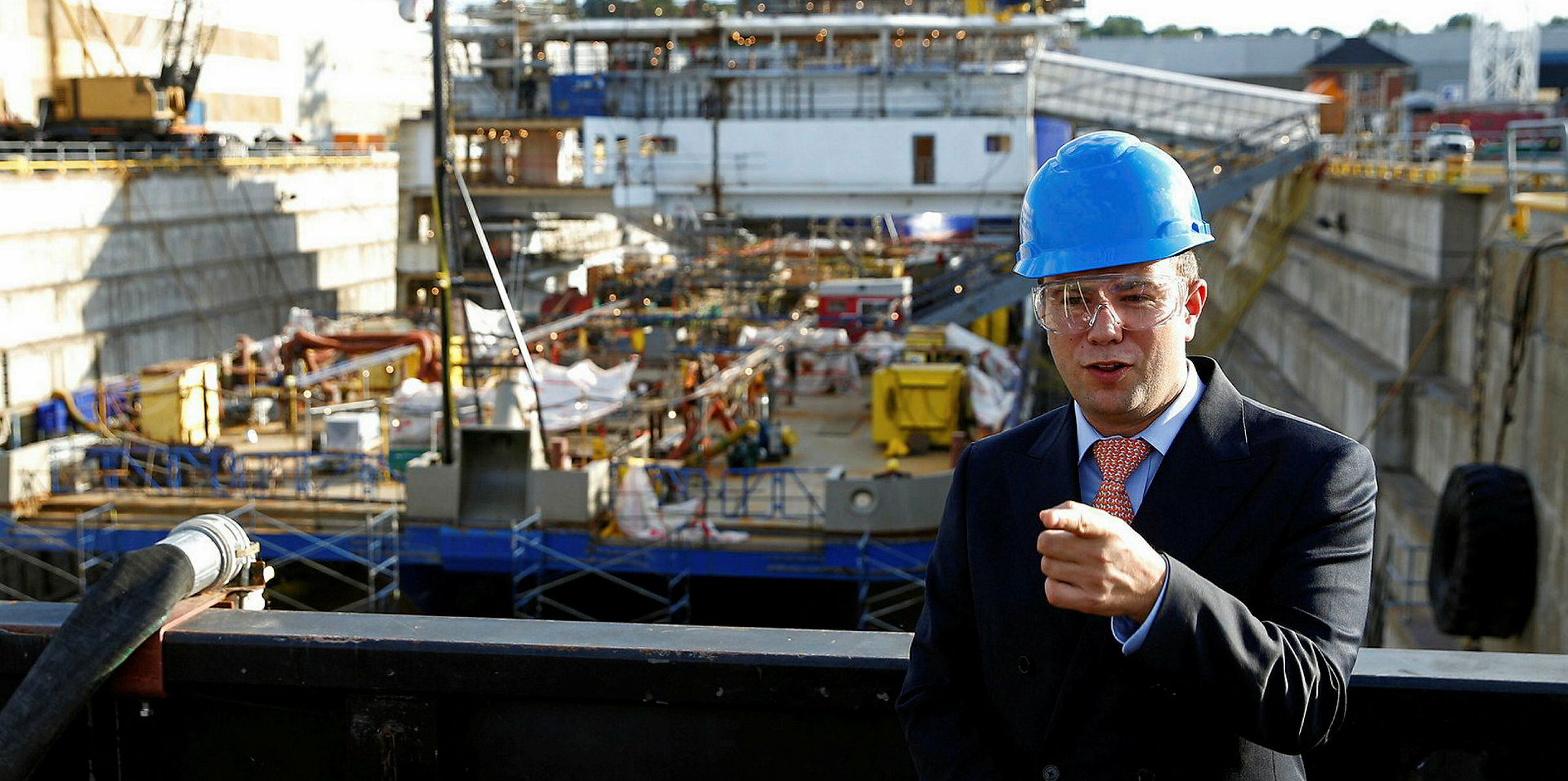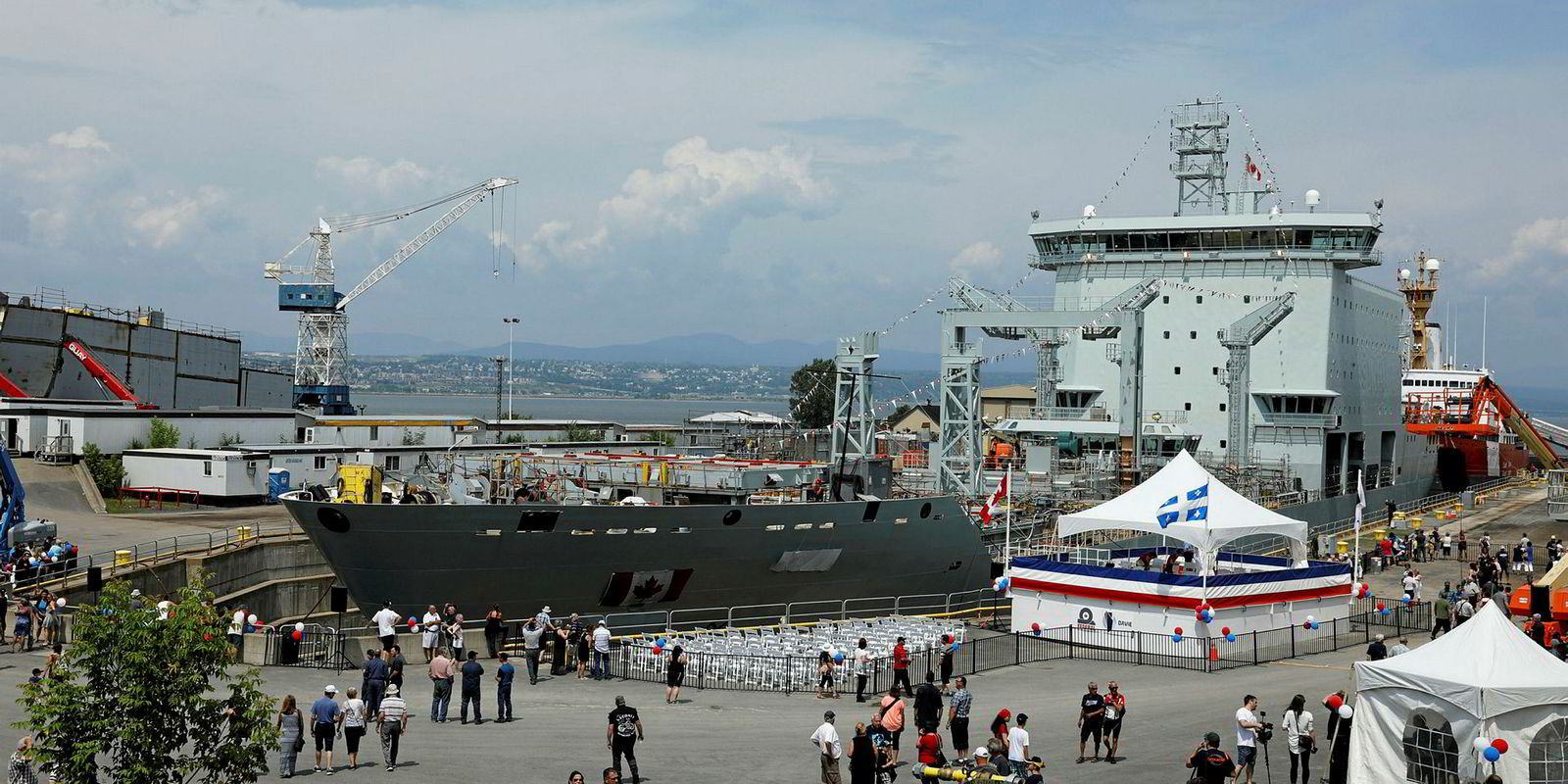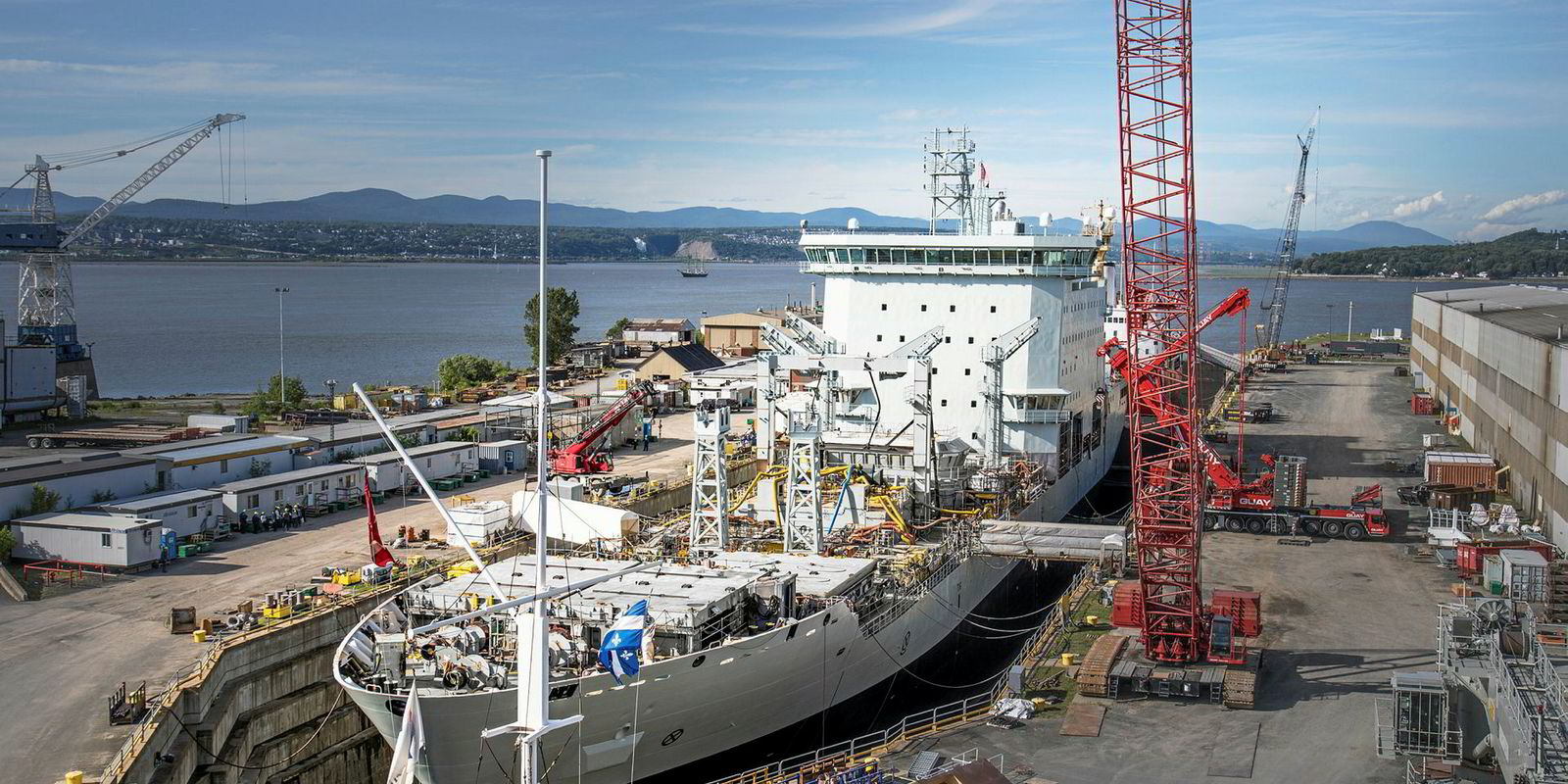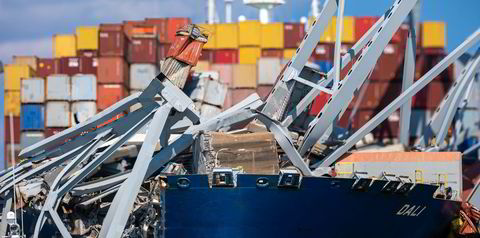Davie Shipbuilding has made a splash in North America with LNG-powered ferries, being the only yard on the entire continent to construct such ships, says the chief executive of its parent company.
The Canadian shipbuilder last year delivered the 2,500-gt Armand Imbeau II and 5,000-gt Jos Deschenes II to government-run ferry operator Societe des Traversiers du Quebec.
It also has an order for two more LNG-powered ferries for Transport Canada, a federal agency that oversees Canada's transportation and infrastructure needs.
Davie Shipbuilding is designing the two 1,000-passenger units and expects to build them in 2020.
Their delivery date will be determined once their engineering is complete, says Alex Vicefield, chief executive of Davie Shipbuilding’s owner, Inocea Group.
“In terms of ferries, LNG is a big thing now,” he tells TradeWinds. “To be the only North American shipyard to build LNG ferries is something we’re quite proud of.
"It was certainly quite a challenge to deliver the first two but now we’ve got the hang of it."
Best European shipbuilding practices
Inocea Group, a European firm focused on rescuing distressed maritime businesses, bought the yard in 2012, nearly two centuries after its founding on the St. Lawrence River in Quebec.
To gain a competitive edge, Vicefield said Inocea Group brought the best practices of European shipbuilding to the old yard, such as complying with ISO standards and pre-outfitting ship sections.
"The key determinant of how successful a shipyard is for shipbuilding projects is how much a block is pre-oufitted before it’s assembled," he says.
"Building a ship is like putting Lego blocks together but inside that Lego block you need to try to put as much piping and electrical in before you assemble the ship."
He said Davie Shipbuilding used that European know-how to start building the LNG-powered ferries after pushing out some offshore support vessels and subsea construction ships.
"It’s not easy," he says. "They are very complicated ships."
Icebreakers anyone?
Davie Shipbuilding has also moved into icebreaker construction, having already made or converted such units for the Canadian Coast Guard. It also has plans to build commercial versions.
“In terms of Canada, it’s really been a leader in icebreaking technology, of course, because of our proximity to the Arctic and our location on the St Lawrence Seaway,” Vicefield says.
“That’s really what our future is going to be consisting of — making Canada the centre of excellence for icebreaking vessels.”
Constructing icebreakers requires another level of skill, but Vicefield says Davie Shipbuilding is up to the challenge.
“The steel is much thicker so you need different machinery in the shipyard — but also just the technology aboard the ships is different,” he says.
“The learning curve that’s involved in that will hopefully be the key for our success to become the centre of excellence for icebreakers.”
To further ensure the yard’s long-term success, he says Inocea Group upgraded Davie Shipbuilding’s enterprise management software to bring together its various operations under one system.
"We did that in 2013 after we bought the shipyard," he says.
"Where the innovation comes in is in the information systems and the engineering because cutting steel is cutting steel, welding is welding."
Davie Shipbuilding was established in 1825 by English sea captain Allison Davie. It was sold to TECO Maritime Group of Norway in 2006 before Inocea Group bought it in 2012.
The yard, which has made 730 ships since the early 19th century, has also converted boxships into naval supply ships and repurposed commercial icebreakers for military use.

